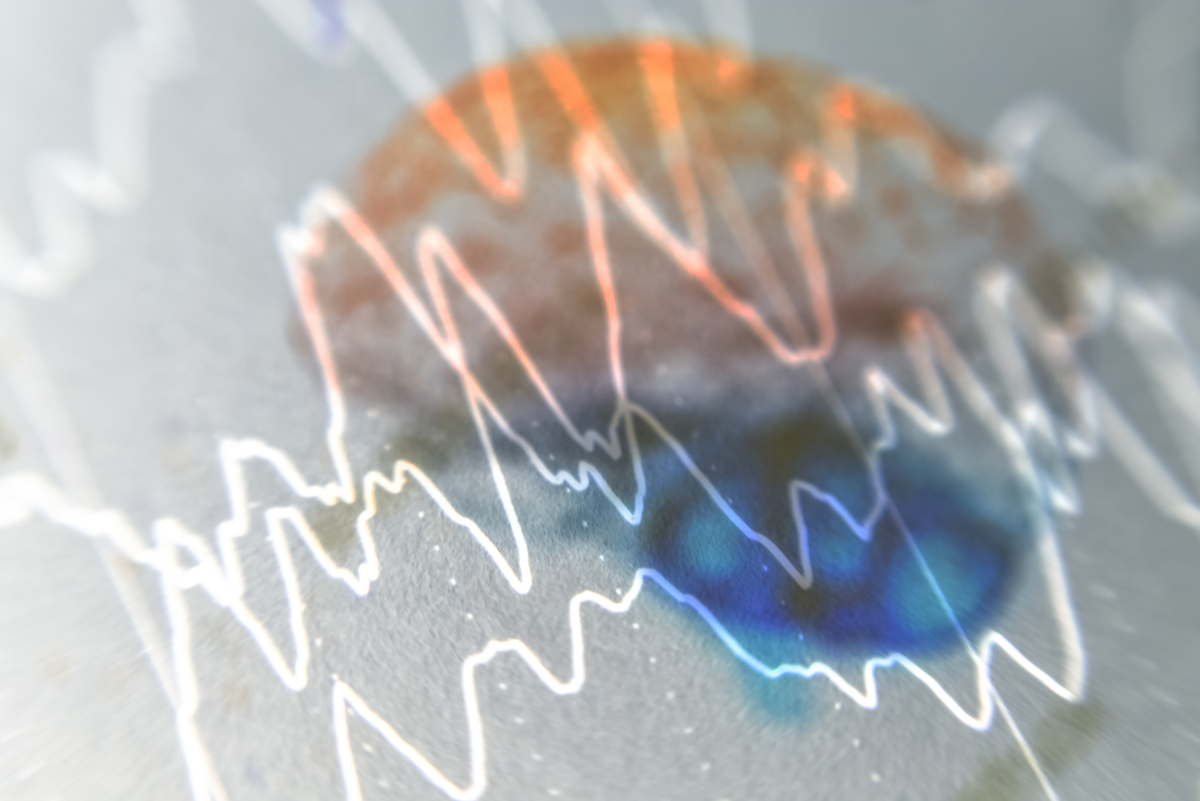How severe is the pain? Measuring migraine with MIDAS
How do migraines feel? Are they the same for everyone affected by them? How severe is my pain and how much does it limit me?
-
References
Agosti R, Chrubasik JE, Kohlmann T (2008) Der MIDAS-Fragebogen. Sprachliche Validierung der deutschen Version. ARS MEDICI 16: 700-701.
Benz T, Lehmann S, Gantenbein AR, Sandor PS, Stewart WF, Elfering A, Aeschlimann AG, Angst F. Translation, cross-cultural adaptation and reliability of the German version of the migraine disability assessment (MIDAS) questionnaire. Health Qual Life Outcomes. 2018 Mar 9;16(1):42. doi: 10.1186/s12955-018-0871-5. PMID: 29523138; PMCID: PMC5845367.
Carvalho GF, Luedtke K, Braun T. Minimal important change and responsiveness of the Migraine Disability Assessment Score (MIDAS) questionnaire. J Headache Pain. 2021 Oct 21;22(1):126. doi: 10.1186/s10194-021-01339-y. PMID: 34674632; PMCID: PMC8529733.
Gedikoglu U, Coskun O, Inan LE, Ucler S, Tunc T, Emre U. Validity and reliability of Turkish translation of Migraine Disability Assessment (MIDAS) questionnaire in patients with migraine. Cephalalgia. 2005 Jun;25(6):452-6. doi: 10.1111/j.1468-2982.2004.00881.x. PMID: 15910570.
Gedikoglu U, Ucler S, Inan LE, Coskun O, Tunc T. A preliminary study: validity and reliability of Turkish translation of migraine disability assessment (MIDAS) questionnaire in Turkish patients with chronic tension type headache. Int J Neurosci. 2006 Nov;116(11):1337-45. doi: 10.1080/00207450500522444. PMID: 17000534.
Lipton RB, Stewart WF, Sawyer J, Edmeads JG. Clinical utility of an instrument assessing migraine disability: the Migraine Disability Assessment (MIDAS) questionnaire. Headache. 2001 Oct;41(9):854-61. PMID: 11703471.
Stewart WF, Lipton RB, Dowson AJ, Sawyer J. Development and testing of the Migraine Disability Assessment (MIDAS) Questionnaire to assess headache-related disability. Neurology. 2001;56(6 Suppl 1):S20-8. doi: 10.1212/wnl.56.suppl_1.s20. PMID: 11294956.
Stewart WF, Lipton RB, Kolodner K, Liberman J, Sawyer J. Reliability of the migraine disability assessment score in a population-based sample of headache sufferers. Cephalalgia. 1999 Mar;19(2):107-14; discussion 74. doi: 10.1046/j.1468-2982.1999.019002107.x. PMID: 10214536.
Stewart WF, Lipton RB, Kolodner K. Migraine disability assessment (MIDAS) score: relation to headache frequency, pain intensity, and headache symptoms. Headache. 2003 Mar;43(3):258-65. doi: 10.1046/j.1526-4610.2003.03050.x. PMID: 12603645.
Stewart WF, Lipton RB, Kolodner KB, Sawyer J, Lee C, Liberman JN. Validity of the Migraine Disability Assessment (MIDAS) score in comparison to a diary-based measure in a population sample of migraine sufferers. Pain. 2000 Oct;88(1):41-52. doi: 10.1016/S0304-3959(00)00305-5. PMID: 11098098.
Stewart WF, Lipton RB, Whyte J, Dowson A, Kolodner K, Liberman JN, Sawyer J. An international study to assess reliability of the Migraine Disability Assessment (MIDAS) score. Neurology. 1999 Sep 22;53(5):988-94. doi: 10.1212/wnl.53.5.988. PMID: 10496257.






















